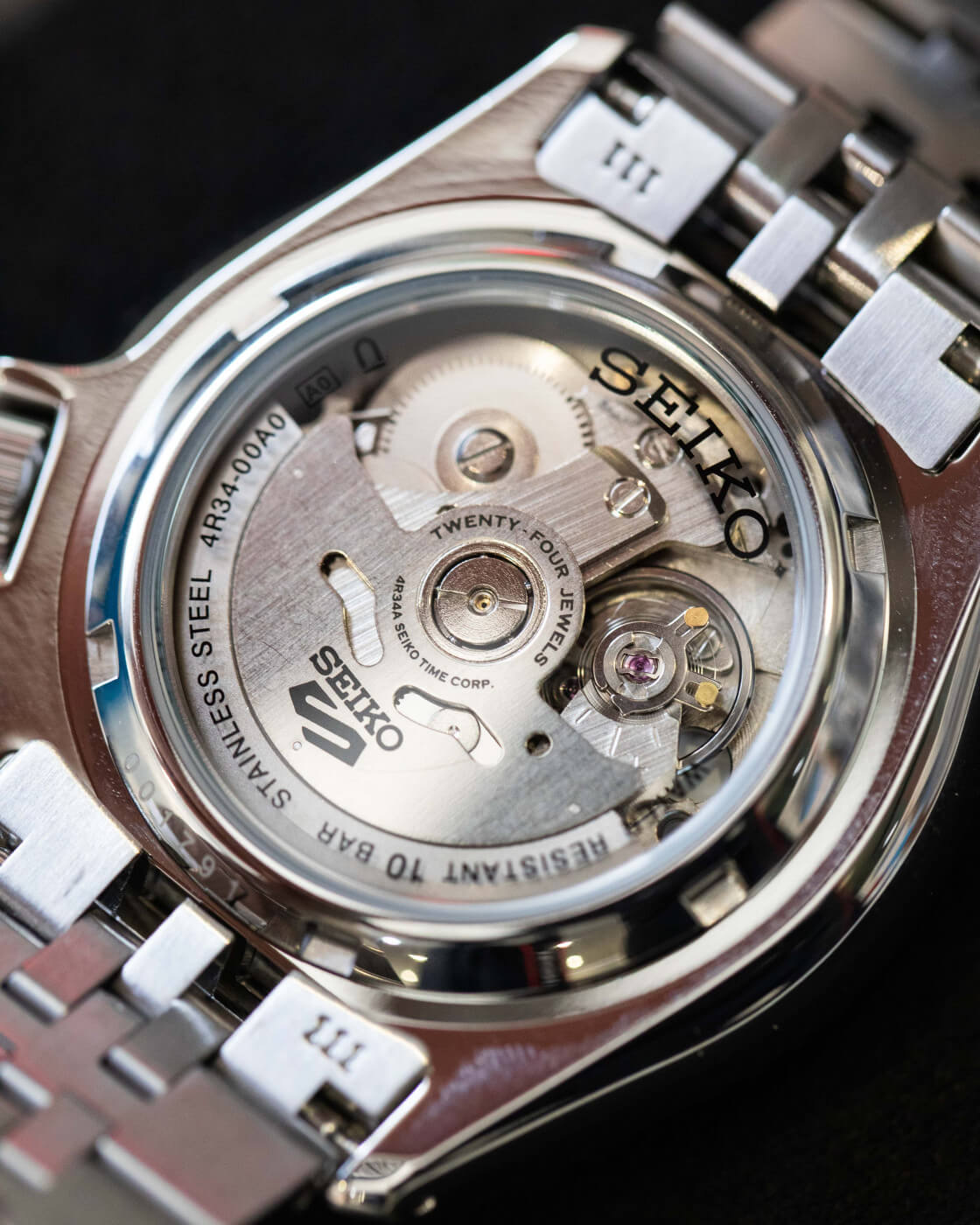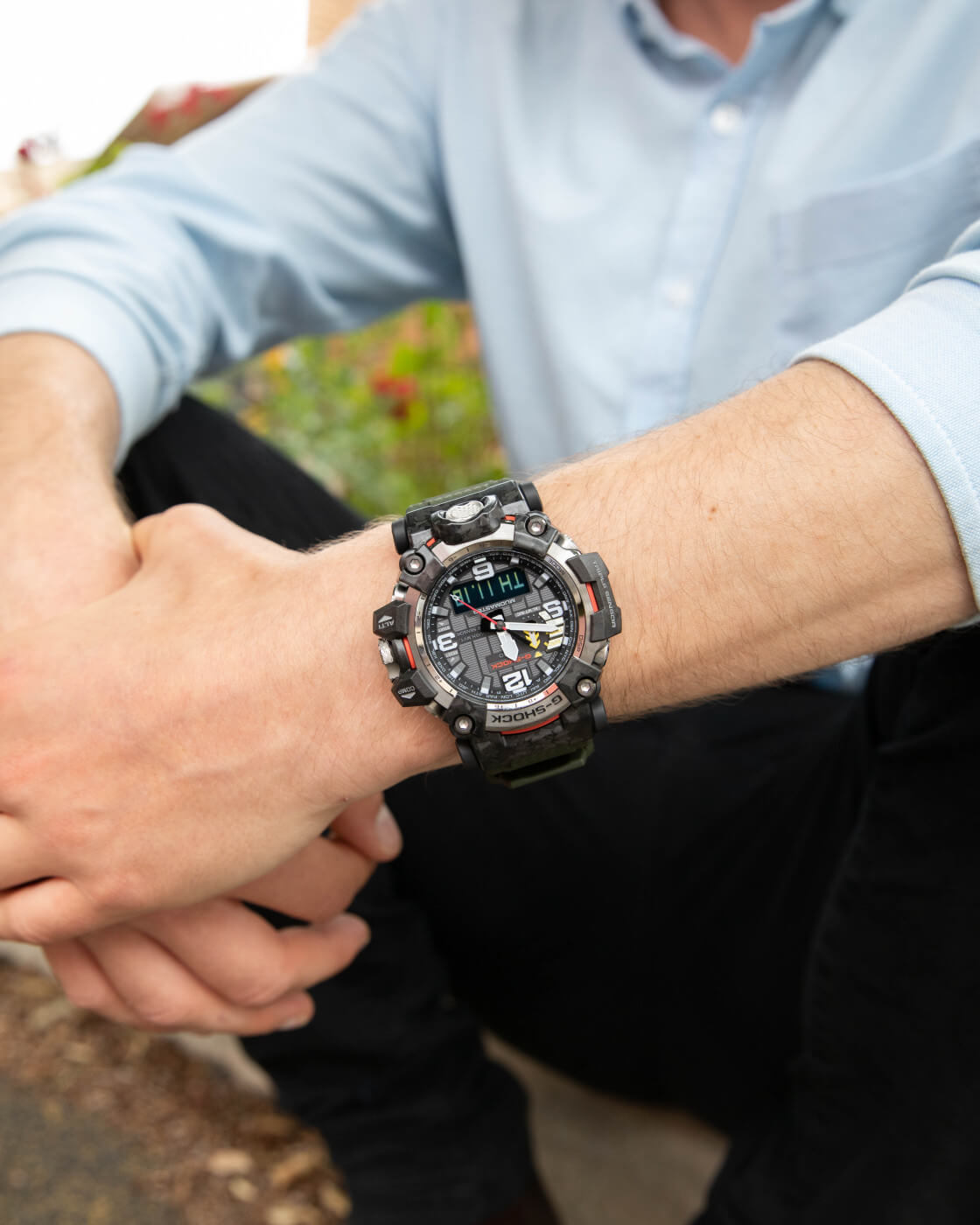Are you currently in the market for a new watch and keep seeing automatic and mechanical watches mentioned, but you aren’t sure what they mean or if they are even different to each other? Well, we’ve got the perfect guide for you. While these two watch movements may be pretty similar, they have distinct differences with pros and cons that could make or break the watch experience for you. So make sure you finish this guide before making any purchase decisions.
Overview:
- Mechanical Watches
- Mechanical Watch Suggestions
- Automatic Watches
- Automatic Watch Suggestions
- Mechanical VS Automatic Watches
Mechanical Watches
Mechanical watches are driven by a mainspring which must be wound manually by hand to keep the watch ticking. The force from the spring is transmitted through a series of intricate gears to power the balance wheel, a weighted wheel that oscillates back and forth at a constant rate.
Mechanical watches tend to be more expensive than their automatic counterparts due to their intricate designs, which are sometimes made up of hundreds of small parts that work together to make the watch tick and are crafted out of luxurious materials. Mechanical watches are also more prone to needing maintenance as they must be wound regularly. With so many small intricate parts in the mechanism, they are also delicate and prone to shock damage.

Mechanical Watch Suggestions
Automatic Watches
Automatic watches have a very similar movement to mechanical watches, but instead of being manually wounds, they are automatically wound by the natural movement of your wrist as you go about your day. Essentially, an automatic watch is a mechanical watch, but instead of needing to be manually wound, it is instead automatically wound.
Automatic watches have a weighted rotor packed inside the back of the case, which is visible on any automatic watch with a window on the back of the case. The rotor moves side to side, which winds the mainspring that powers the watch’s movement.

Automatic Watch Suggestions
Mechanical VS Automatic Watches
So which one is better? Well, deciding which movement suits your use case best is up to you.
Automatic watches are convenient, and they offer a stress-free movement that will stay powered for decades to come as long as they’re worn frequently.
Manually wound watch cases can be thinner thanks to not having a weighted rotor in the back. Having a slimmer watch results in a more comfortable fit.
Automatic watches are available for a wide range of budgets, so whether you’re after a watch that doesn’t break the bank or you’re after something that will stand out with its luxurious look.
Manually wound watches are perfect for those who can appreciate old-school vintage accessories. With most modern watches these days picking automatic movements for convenience, it’s becoming harder and harder to get your hands on a mechanical watch. Some people prefer the classic manual winding experience and don’t need the extra convenience.












